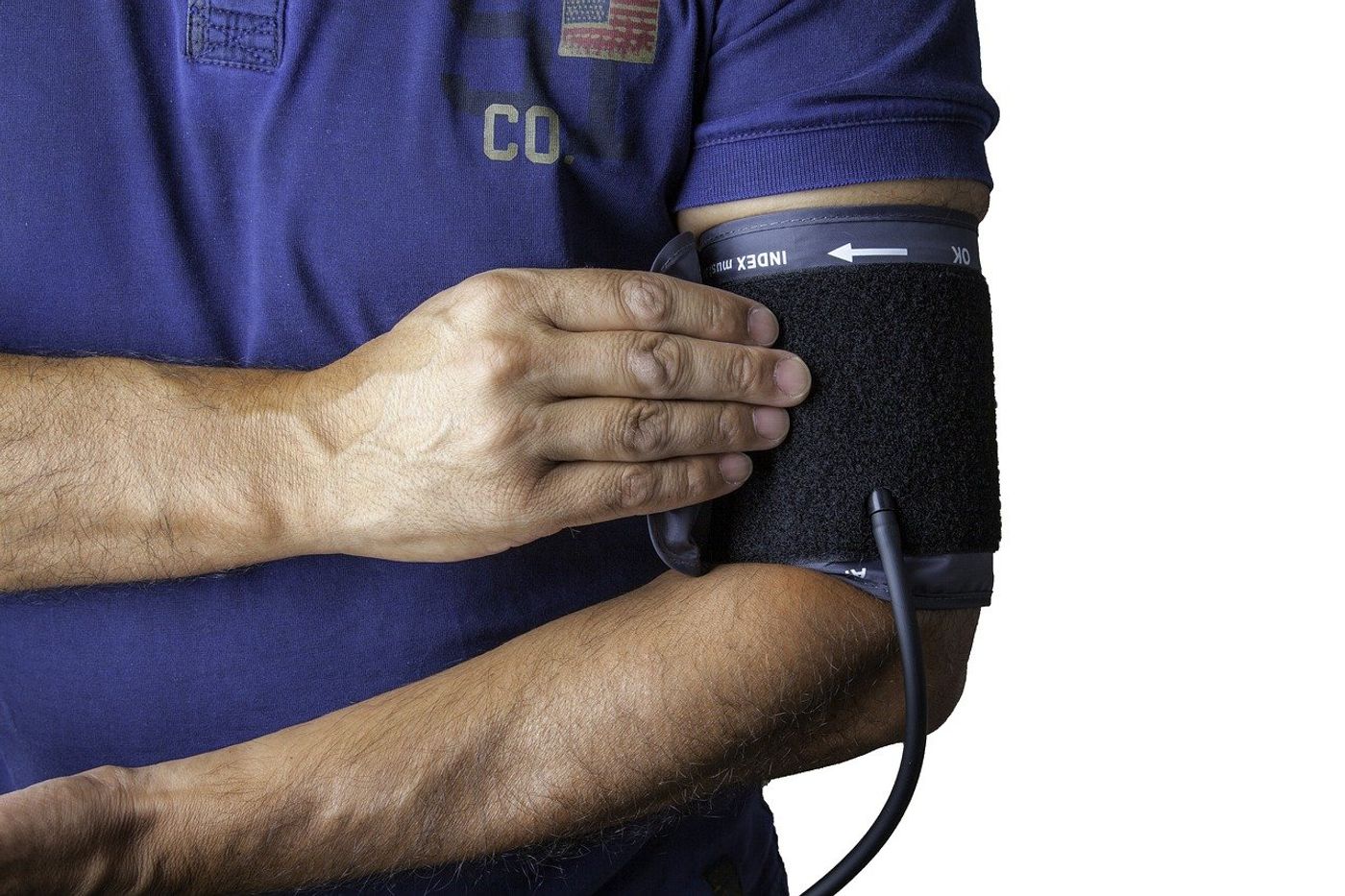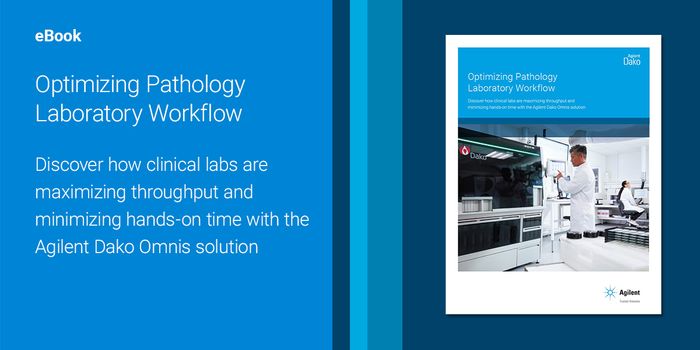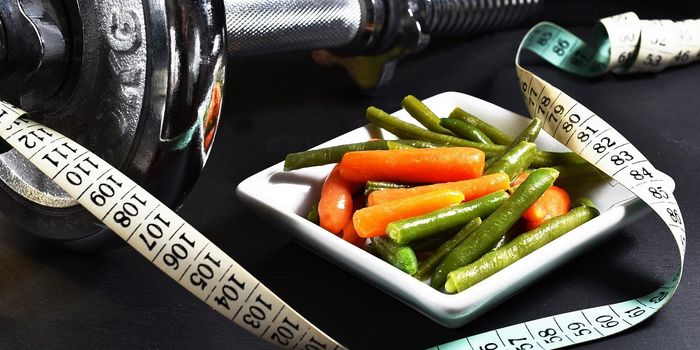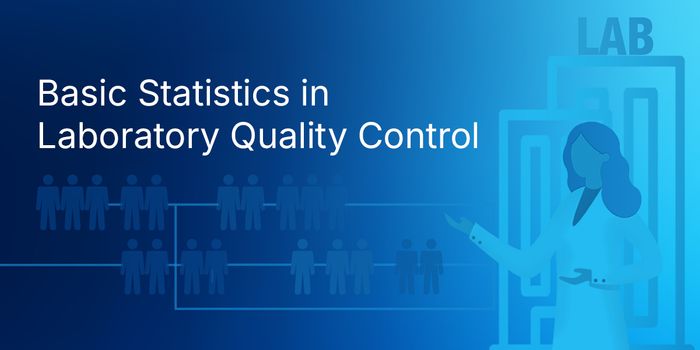Clip-on Blood Pressure Monitor Avoids White Coat Syndrome
A patient walks into their physician’s office and is told that they will have to get their blood pressure taken. They sit down and get the inflatable cuff wrapped around their upper arm. The patient’s blood pressure may then start to rise—in a phenomenon known as the “white coat syndrome”—triggered by nervousness about the procedure.
Current methods to capture vital signs such as blood pressure are not ideal. Traditional tests take a relatively long time (up to 30 seconds), and the patient risks arterial damage if they need to take their blood pressure frequently. As a result, scientists have been searching for alternative ways to capture these biometrics.
Engineers have built a potential solution: a device that takes blood pressure measurements non-invasively and in a matter of seconds. Better still, instead of a tight cuff around the arm, the device clips onto the patient’s fingertip and can be used from the comfort of home. It also reads other vital signs—heart rate, blood oxygen saturation, body temperature, and respiratory rate.
Richard Byfield, one of the device’s inventors from the University of Missouri College of Engineering, said: “Our device can record someone’s blood pressure within five seconds by using optical sensors placed on the fingertip that measure the amount of light reflected off the blood vessels underneath the surface of the skin.”
The team’s device is powered by photoplethysmography, or PPG, a process that picks up how fast the blood is moving (or the pulse wave velocity) between two discrete points on the wearer’s fingertip. PPG is a prime choice for researchers developing new health monitoring technologies, given that it is a relatively uncomplicated and inexpensive way to capture cardiological metrics. The pulse wave velocity is transmitted to a computer wirelessly, where machine learning algorithms convert this data into a blood pressure output.
Byfield and colleagues put their new device to the test in a cohort of 26 participants. They found that their machine had a 90 percent accuracy rate for systolic blood pressure, or the pressure in your arteries when the heart beats. For the diastolic blood pressure (the pressure in the arteries between heartbeats) the device demonstrated a 63 percent accuracy rate. The researchers say that these differing accuracy values can be attributed to factors that can contribute to variations in diastolic blood pressure readings, such as weight, age, and artery stiffness.
Since releasing details on their technology, the researchers have patented their innovation and are presently adapting their device for use outside clinical settings. The team sees immense potential for their blood pressure measuring device both as an at-home health monitor and in hospitals and healthcare facilities where nurses are burdened with having to use multiple devices to capture all of a patient’s vital signs.
In addition, the team says that they see broader applications for the invention by programming the device to sense trends in vital sign changes associated with diseases such as COVID-19.









